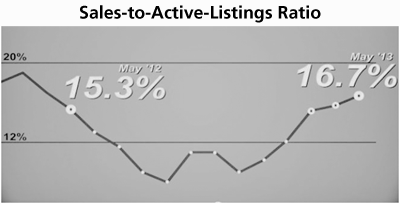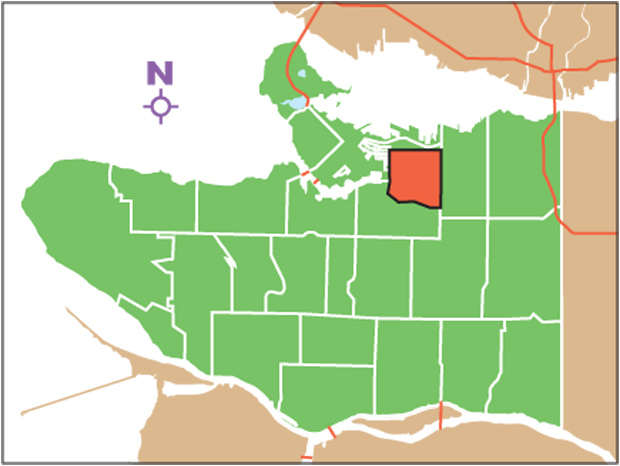While home sales have continued to trend below long-term averages this year, there are signs that the Greater Vancouver real estate market is building strength heading into the summer months.
Other

At this time last year, sales were cooling from the near-record activity in the previous spring. This year, we’ve seen a further slowing of home sales activity, with approximately 1,600 fewer sales as compared to this point in 2012. Last month, however, was our first year-over-year gain in sales in any month since September 2011.
Property listings are coming on the market at a slower pace than we saw last year. This is keeping supply in greater alignment with demand, which allows for stability in pricing and greater balance in the market overall.
Over the last three months, the sales-to-active listings ratio in Greater Vancouver has been at 15 per cent or higher. It currently sits at 17 per cent. Generally, analysts say that a balanced market occurs when the sales-to-active listings ratio sits between 10 and 20 per cent for an extended period of time.
This ratio hit 15 per cent in March, marking the first time it had been that high since May 2012. Between June 2012 and March 2013, the ratio sat in buyer’s market territory, reaching as low as eight per cent.
We’ve also seen good stability in the MLS® Home Price Index this year. The current benchmark price for a detached home in Greater Vancouver is $917,200, which is down a little over five per cent from May 2012, but is up just 0.3% from six months ago.
The benchmark price for townhomes in the region is $454,900, down 3.2 per cent from last May but up just 0.1% from six months ago.
The benchmark price for apartments in the region is $365,600, which is down 3.7 per cent from last May, but up just 0.2 per cent from six months ago.
It’s taking 52 days on average for members to sell a home listed on our MLS® system. This is nine days longer than the average in May of last year.
We can never know what tomorrow will bring, but what we’ve seen through the first half of the year suggests that our market is enjoying a spell of balance and stability as we move into the second half of the year.
© Real Estate Board of Greater Vancouver.





